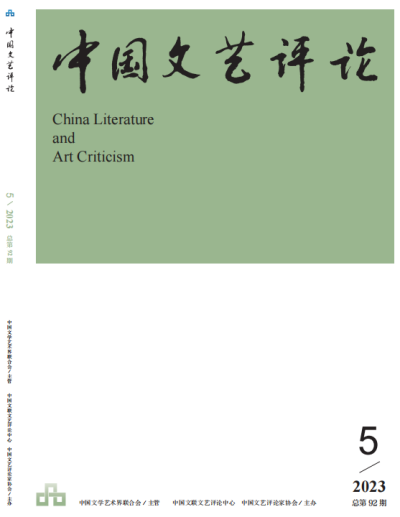
Hot Spots Observation: The Characterization of Realistic TV Plays
■The Double Combination of Character and the Antinomy of Realism:Cases of Realistic TV Plays in the New Era (PP. 4-16)RAO Shuguang
Abstract: Since the advent of the New Era, the creation of realistic TV plays in China has made a comeback and has been sublimated and deepened in the internal practice of realism as a creative method. In the case of the portrayal of negative characters in the New Era realist TV plays such as In the Name of the People and The Knockout, through the construction of the good aspect of character, the reverse transformation of character and the retrospective reproduction of their tragic fate, the negative characters are fuller, more three-dimensional, more lifelike, more complicated, and also with more humane and raw-edge sense than the positive characters. In general, the characters' personalities move from singularity to duality or even multiplicity, and the character structure focuses on the dual combination of "good and evil in one body" or "beauty and evil in one body". This duality of personality brought about by the "double combination of character" and the resulting antinomy in the creation and reception of works reflect, in essence, the antinomy between cognition and aesthetics, that is, between epistemology and aesthetics, of realism itself. In view of the new aesthetic changes presented in the characterization of realistic TV plays in the New Era, it is of methodological significance to reintroduce a kind of "raw-edge realism" for the creation of realistic literature and art nowadays. At the same time, it is also necessary to be alert to the problem of ambiguity between good and evil brought about by the complexity of the antagonist's character, thus concluding that it is crucial to maintain a positive creative intention, which is an important embodiment of the New-Era television artists' adherence to the people's position and the people's interests as the standard of creation.
Keywords: personal character, double combination, realism, antinomy
■The Richness and Tendency of "Character Duality":On the Characterization of Anti-Corruption and Anti-Mafia Themed TV Plays (PP. 17-23)DAI Qing
Abstract: This article is based on the theory of "duality of characters" that emerged in the mid-1980s, and explores the portrayal of villains in the anti-corruption and anti-mafia TV plays. Firstly, it positively affirms the pursuit of richness and artistic achievements in character portrayal in creation. Secondly, based on the analysis of the tragedy and complexity of villains, the importance of grasping the tendency and integrity (i.e. dominant personality) of such characters is pointed out. Finally, it is further pointed out that the positive character portrayal in this type of TV plays urgently needs to expand the expressive space. By delving deeper into life and using appropriate creative techniques to make up for the shortcomings of plain characters, the pursuit of rich and all-dimensional character portrayal can better spread the positive value of anti-corruption and anti-mafia TV plays.
Keywords: character duality, anti-corruption and anti-mafia themed TV plays, tragic, tendency
■The Tragicization of Wickedness:On a Trend of Current Chinese Films and Television Series Creation(PP. 24-29)LI Ning
Abstract: In recent years, it has become a trend in Chinese films and TV plays to portray tragic villains that trigger sympathy and pity from the audience. This kind of tragic narrative is mainly realized by showing the loss of the good nature of self and the destruction of the external good things. The emergence of this trend is related to the strengthening of genre awareness and the deepening of realism in the creation of Chinese TV plays, as well as to the aesthetic taste and collective psychology of the audience in the current Internet era and palliative society. The tragicization of wickedness harbors the danger of justifying evil, and writers should thereby properly handle the relationship between the dominant personality and secondary personality, the internal and external motivation, and depict wickedness to a reasonable extent.
Keywords:villain, tragedy, Chinese films and TV plays, characterization
Theoretical Exploration
■ Something or Nothing: Methods and Nature of Transmedia in Contemporary Art (PP. 30-49)DONG Lihui
Abstract: John Cage's two artworks in 1952, Theatre Piece No.1(the first artwork of Happenings) and 4'33", provide us with two typical methods of transmedia in contemporary art, in which the first is the so-called art of "something" through loudly juxtaposing multiple artistic mediums, and the second is the so-called "silence" art of "nothing" through eliminating all the traditional art mediums. This article also traces back the interaction between Western cultural thoughts during the 1940s to the 1960s (including theorists like Jean-Paul Sartre, Roland Barthes, Theodor Adorno and Susan Sontag) and contemporary art world (including artists such as John Cage, Robert Rauschenberg, Merce Cunningham and Allan Kaprow), and finally separates three aspects of the nature of transmedia in contemporary art as: 1) the form of transmedia in contemporary art is to transcend modernist formalism; 2) the motive of transmedia in contemporary art is to turn around disadvantaged cultural identity; 3) the purpose of transmedia in contemporary art is to escape the dilemma in reality by exploring a "third way" to return to nature.
Keywords:John Cage, aesthetics of silence, contemporary art, Happenings, transmedia
■ The Intermedia Characteristic and Philosophical Foundation of Traditional Chinese Art Themes(PP. 50-62)WANG Yinan
Abstract:Many traditional Chinese art themes with intermedia attribute are characterized by diversity and stability, which means there are differences and similarities between the forms of media and aesthetic experience. The formation history of the three meanings of "ekphrasis" provides a reference for understanding this problem, but also exposes the prejudice of media attributes and art categories in Western thought. The theory of "uniformity of poetry and painting" opens up a non-objectification path in the field of media cognition, establishes essential connections between different art categories and media, and emphasizes the integrity and indivisibility of human perceptual experience. Its philosophical roots lie in the Wei and Jin dynasties. Through Wang Bi’s analysis, "The distinction between words and meaning" endows the art theme with the highest aesthetic ideal. As a tool and means, media has clear path from "image" to "meaning", which has triggered a wide response in the history of Chinese art criticism. The shelving of intellectuality transcends the barrier of media and provides a reflective stance for the contemporary media myth.
Keywords: intermedia, uniformity of poetry and painting, ekphrasis, "Su Shi and red cliff "
■ The Traditional Aesthetic Dimension of Chinese Music (PP. 63-76)HU Nan
Abstract: The reason why Chinese music has the "Chinese character" cannot be separated from the nourishment of traditional Chinese aesthetics. The traditional aesthetic foundation of Chinese music is mainly embodied in three dimensions, namely, the origin of aesthetics, the way of technology and the aesthetic environment. Sound, note and music are the three traditional aesthetic elements of Chinese music, and "music" is constructed and developed in cosmology and existentialism, so that the "technology" of Chinese music contains not only the "metaphysical" bearing of the overall view of musical culture on the rational level, but also the means and ability of "materiality" controlling the perceptual sound mode of music on the empirical level. "Rhythm, tone, score and instrument" constructs the overall view of music culture on the rational level of Chinese music, "word, cavity, qu and rhyme" constructs the perceptual sound mode on the experience level of Chinese music, and the unique technical aesthetics of traditional Chinese music is hidden in the musical theory and sense, and its artistic style is manifested in the "sound". The aesthetic environment of Chinese music is the unity of image, artistic conception and spirit. Chinese musical art practice should inherit the traditional way of expression of "showing meaning by image" or "expressing meaning by image", so as to better define the "Chinese" identity and development path of Chinese music.
Keywords: Chinese music, traditional aesthetics, the essence of aesthetics, way of technology, aesthetic realm
Discipline Construction
■ The Independent Cultivation of Top Talents of Chinese Vocal Music Art in the New Era from the Perspective of International Competitions (PP. 77-87)SUN Yuanyuan
Abstract: Participation in major vocal music competitions at home and abroad has become one of the most important ways for young singers in China to reach the international stage, gain peer recognition, and expand their social influence, as well as an important reference for optimizing the cultivation mechanism of China's top vocal art talents. This article intends to make a panoramic observation of the major vocal competitions at home and abroad, to conduct a more comprehensive study of the creation and characteristics of the competitions, the focused ability to be put on the examination, the aesthetic orientation and artistic style of the selection of the event repertoire, and to make constructive thoughts on the cultivation mechanism of China's top vocal artistic talents, in order to benefit the cultivation of vocal artistic talents in China's New Era and new course of development.
Keywords: international competition, vocal arts, top talent, cultivation mechanism, artistic talent
■ Exploring the Construction of Talent Cultivation System for Literary and Artistic Peak:Taking the Undergraduate Teaching Reform at The Central Academy of Drama as an Example (PP. 88-98)CHEN Min
Abstract:"Exploring the Teaching Model of Talent Cultivation for the Construction of Contemporary Chinese Drama System" is the result of a comprehensive reform of undergraduate teaching carried out at the university level and with the efforts of the whole school over a period of ten years, which is also an initiative to help the construction of the peak of literary arts with talent cultivation. It is a unique teaching model of talent cultivation with disciplinary and professional characteristics and certain demonstration effect, being easy to operate and conducive to widespread promotion. In view of its systematic, innovative and scientific model construction and the resulting achievements, the study of its overall design ideas, problem-solving strategies and practical methods can provide a unique glimpse of the talent cultivation of professional art colleges and universities, and provide useful reference for the construction of literary and artistic peak.
Keywords: literary and artistic peak, talent cultivation system, The Central Academy of Drama, teaching reform, literary and artistic talent
Art Beyond China
■ Literary Interpretation and Aesthetic Utopia in the Context of Mythology and Metaphor:Northrop Frye's Theories and Reference to China's Literary Criticism(PP. 99-110)GAO Hai
Abstract: In the past hundred years, theories of Western literary criticism have undergone great changes, and Northrop Frye is known as the terminator of the New Criticism and one of the representatives of Structuralism. The article studies his works and analyzes his systematic construction, critical development and theoretical ambition. Frye regards Western literature as an independent and complete rhetorical system. He demonstrates the evolution of literary history by establishing the core status of myth and proposes a circular creation of theory with the focus on the humanistic concern. Frye's interpretations have overridden the contexts of historical narrative and ideology, which lead his theories to a sort of aesthetic Utopia. Frye's critical path can provide reference and reflection for the construction of Chinese literary theory, and it is the right way to independently create China's own critical discursive system, academic system, and evaluation system.
Keywords: Frye, mythology, imagination, utopia
Interview with Renowned Experts
■ Cruising between Theory and Reality:An Interview with Literary and Art Theorist LI Yanzhu (PP. 111-123)Interviewed by ZHOU Yiqun
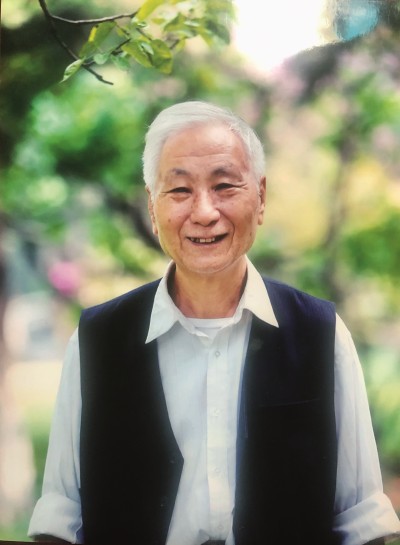
Inside Front Cover
Chinese Literary Critics: ZHOU Haihong
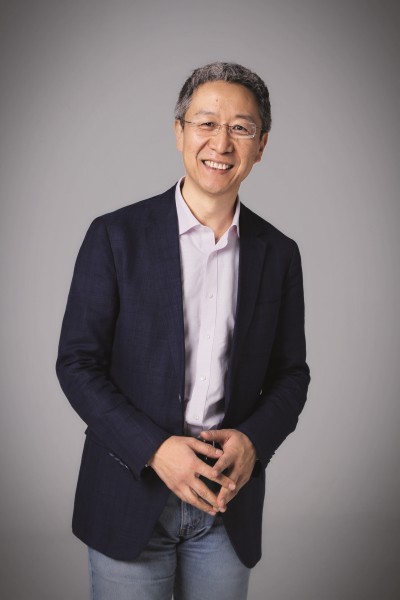
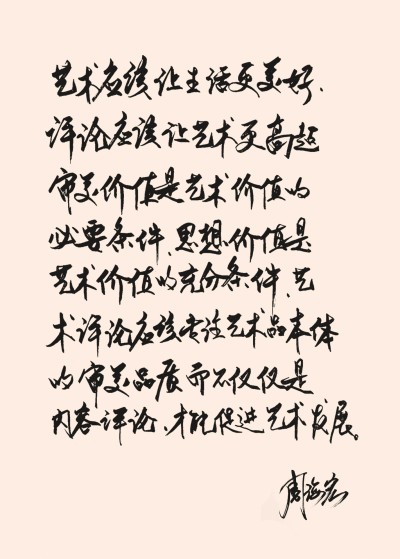
Inside Back Cover
Review of Members of China Literature and Art Critics Association:Shanxi Literature and Art Critics Association
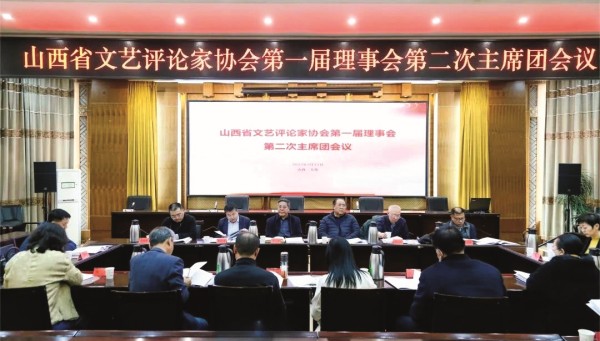
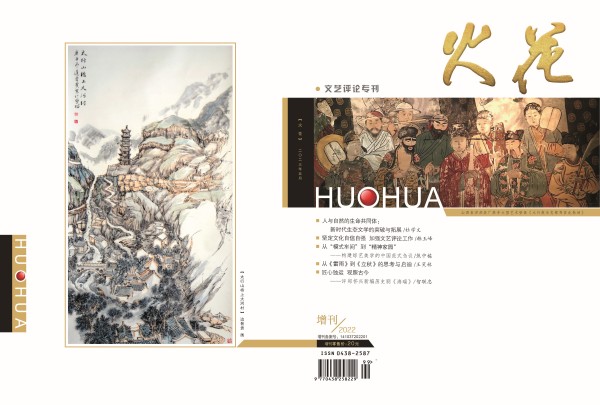
Back Cover
The Recommendation of New Books: Annual Report on Art Development of China in 2022
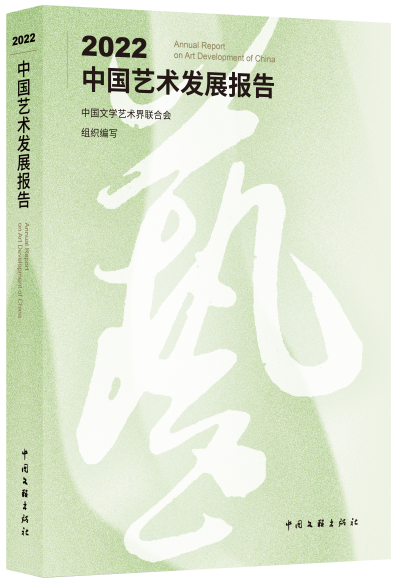
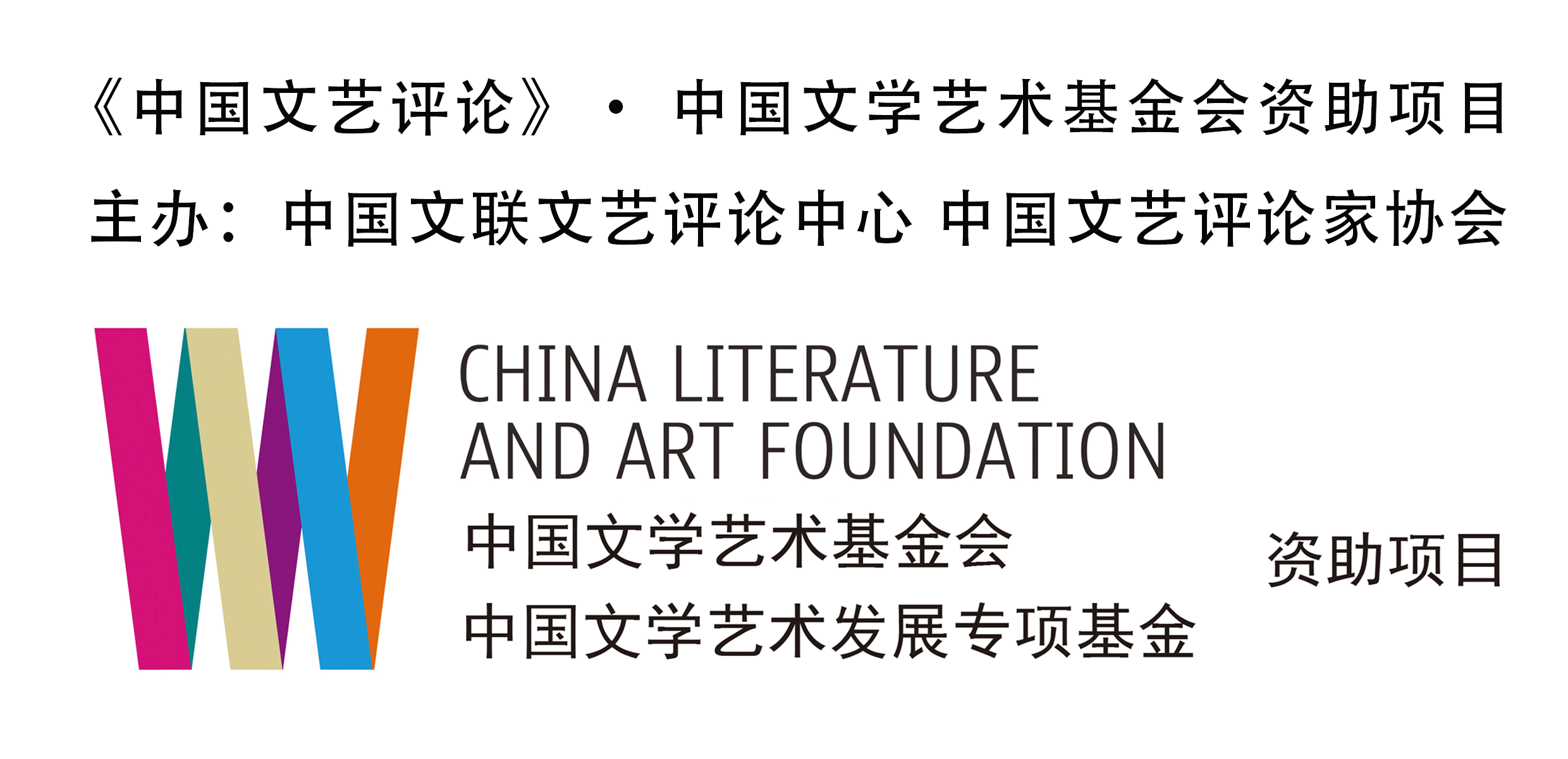

中国文艺评论网

“中国文艺评论”微信公号

“中国文艺评论”视频号